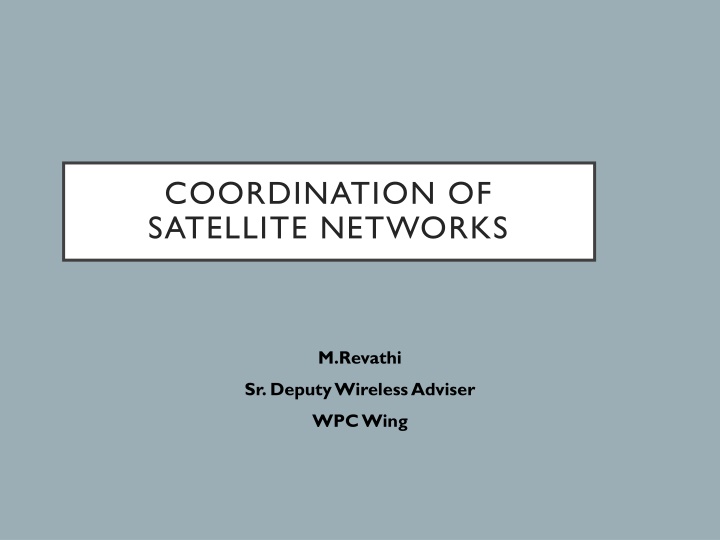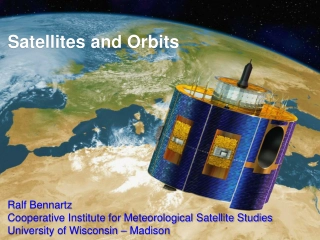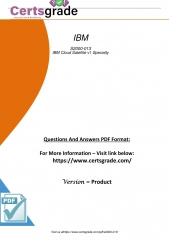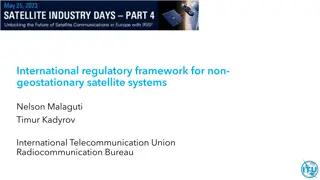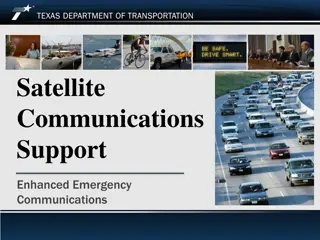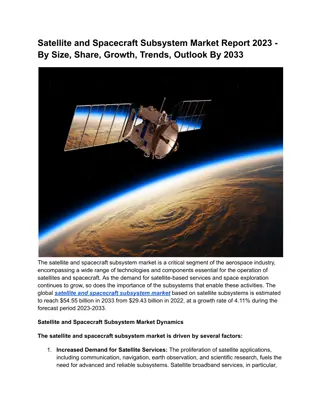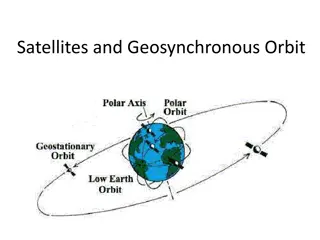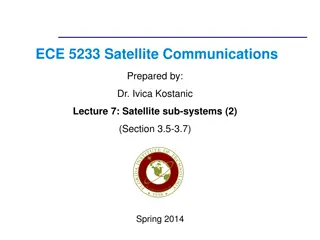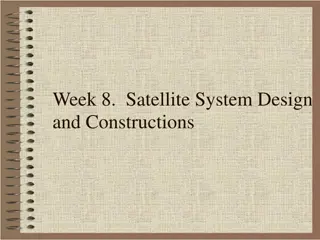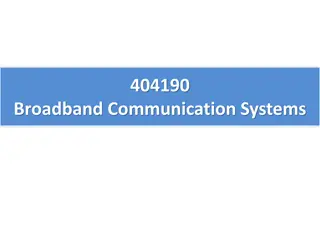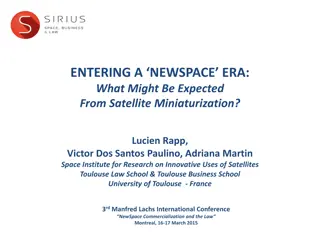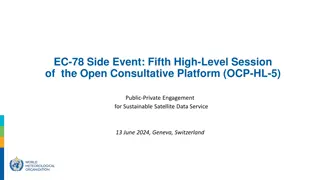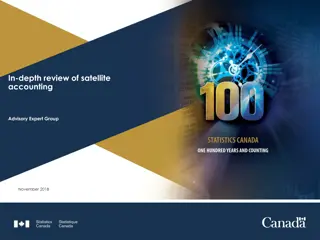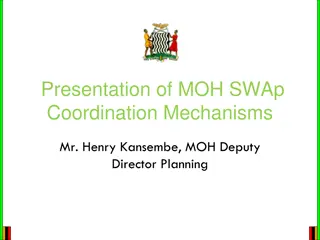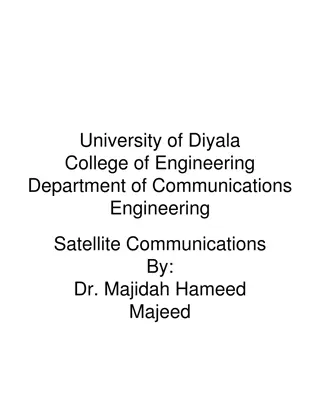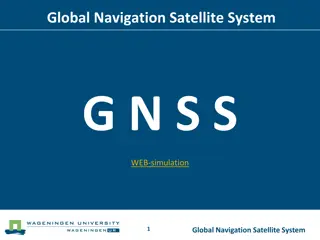Satellite Networks Coordination Overview
This overview covers coordination of satellite networks, responsibilities of the International Telecommunication Union (ITU) and its Space Service Department (SSD), objectives of satellite filings, possible interference scenarios, and approaches for sharing orbit/spectrum resources.
Download Presentation

Please find below an Image/Link to download the presentation.
The content on the website is provided AS IS for your information and personal use only. It may not be sold, licensed, or shared on other websites without obtaining consent from the author.If you encounter any issues during the download, it is possible that the publisher has removed the file from their server.
You are allowed to download the files provided on this website for personal or commercial use, subject to the condition that they are used lawfully. All files are the property of their respective owners.
The content on the website is provided AS IS for your information and personal use only. It may not be sold, licensed, or shared on other websites without obtaining consent from the author.
E N D
Presentation Transcript
COORDINATION OF SATELLITE NETWORKS M.Revathi Sr. Deputy Wireless Adviser WPC Wing
INTERNATIONAL TELECOMMUNICATION UNION (ITU) RADIOCOMMUNICATION BUREAU SPACE SERVICES SPACE SERVICE DEPARTMENTS (SSD)
SPACE SERVICE DEPARTMENT (SSD) Responsible for coordination & recording procedures for space systems and earth stations Capture, processing & publication of data & carries out examination of frequency assignment notices submitted by Administration for inclusion procedures or recording in Master International Frequency Register (MIFR) in formal coordination Also responsible for managing the procedures for space related assignments or allotment plans of ITU & for provision of assistance toAdministrations on all the above issues Structure of SSD: Space Publication and Registration Division (SPR) Space Systems Coordination Division (SSC) Space Notification and Plans Division (SNP)
Satellite filings by administrations have two basic objectives: -Interference-free operation -international recognition by recording frequency assignments and, as appropriate, orbital positions used or intended to be used in the Master International Frequency Register (MIFR)
Possible Interference Scenarios GSO SATELLITES INTERFERENCE Non-GSO SATELLITES RECEIVING EARTH STATION TRANSMITTING EARTH STATION TERRESTRIAL STATION
Two approaches for sharing orbit / spectrum resource: Coordination Approach Efficiency First come, first served for actual requirements Planning Approach Equitable access Plan for future use
Coordination Approach COORDINATION MEANS OBLIGATORY NEGOTIATION BETWEEN ADMINISTRATIONS TO ARRIVE AT INTERFERENCE-FREE OPERATION BY FOLLOWING THE PROCESSES AND PROCEDURES DESCRIBED IN RADIO REGULATIONS
Mechanisms inRadio Regulationsto control interference Article 5 ALLOCATION Frequency separation of stations of different radio services Article 21 & 22 POWER LIMITS Power Flux Density - to protect Terrestrial from Space services EIRP Protect Space from Terrestrial services REGULATORY PROTECTION e.g. No. 22.2 Non-GSO to protect GSO (FSS and BSS) EPFD Protect GSO from Non-GSO
Radio Regulation Procedures for the `Coordination Approach Appendix 4Specifies data elements Appendix 5Criteria for identification of administrations with which coordination is to be effected or agreement sought
Coordination is central to the three stage process : Submission of advance information that is published by the BR Advance Publication of Information (API) Exam. by BR to establish Findings, coordination Requirements and to publish . Coordination is then carried out by the responsible administration. Coordination Notification & Recording in the Master International Frequency Register (MIFR) Examination of the Notification, checking of Coordordination Agreements & Recording in MIFR
Coordination Examination comprises of two parts: No. 9.35 (11.31) Compliance with Table of Frequency Allocation No. 9.36: Identify any administration with which coordination may need to be effected
REGULATIONS FOR USE OF FREQUENCIES AND ORBITS BY SATELLITE NETWORKS Two mechanisms to ensure the above principles Plan Bands FSS as per Appendix 30B (C & Ku Band) BSS as per Appendix 30 (Ku Band) Feeder links for BSS as per Appendix 30A Non Plan Bands As per Article 9 & 11 of RR Advance Publication, Coordination and Notification Procedures Geo-Stationary Satellite networks (in all services and frequency bands) and non Geo-Stationary satellite networks in certain frequency bands governed by 9.7 A procedure, which are subject to coordination procedure Other non Geo-Stationary networks (all pertinent services and certain frequency bands) for which only advance publication procedure is required before notification
BRIFIC, Due Diligence, Cost Recovery BRIFIC: Special Section published on CD-ROM for all ITU members (bi-weekly) Opportunity to verify if the intended new satellite network (or changes to existing ones) would create unacceptable interference to your network 4 month time limit from date of publication to provide comments Due Diligence:Before a notification for recording in the Master Register can be confirmed as brought into use, the relevant due diligence information must be received by BR Cost Recovery: Cost recovery is to apply to satellite network filings received by the BR after 7 November 1998 Every Administration can notify one satellite network per annum for free entitlement Cost depends on the complexity of the network
